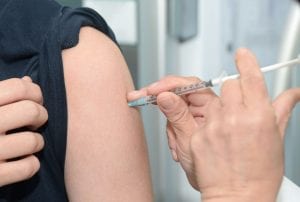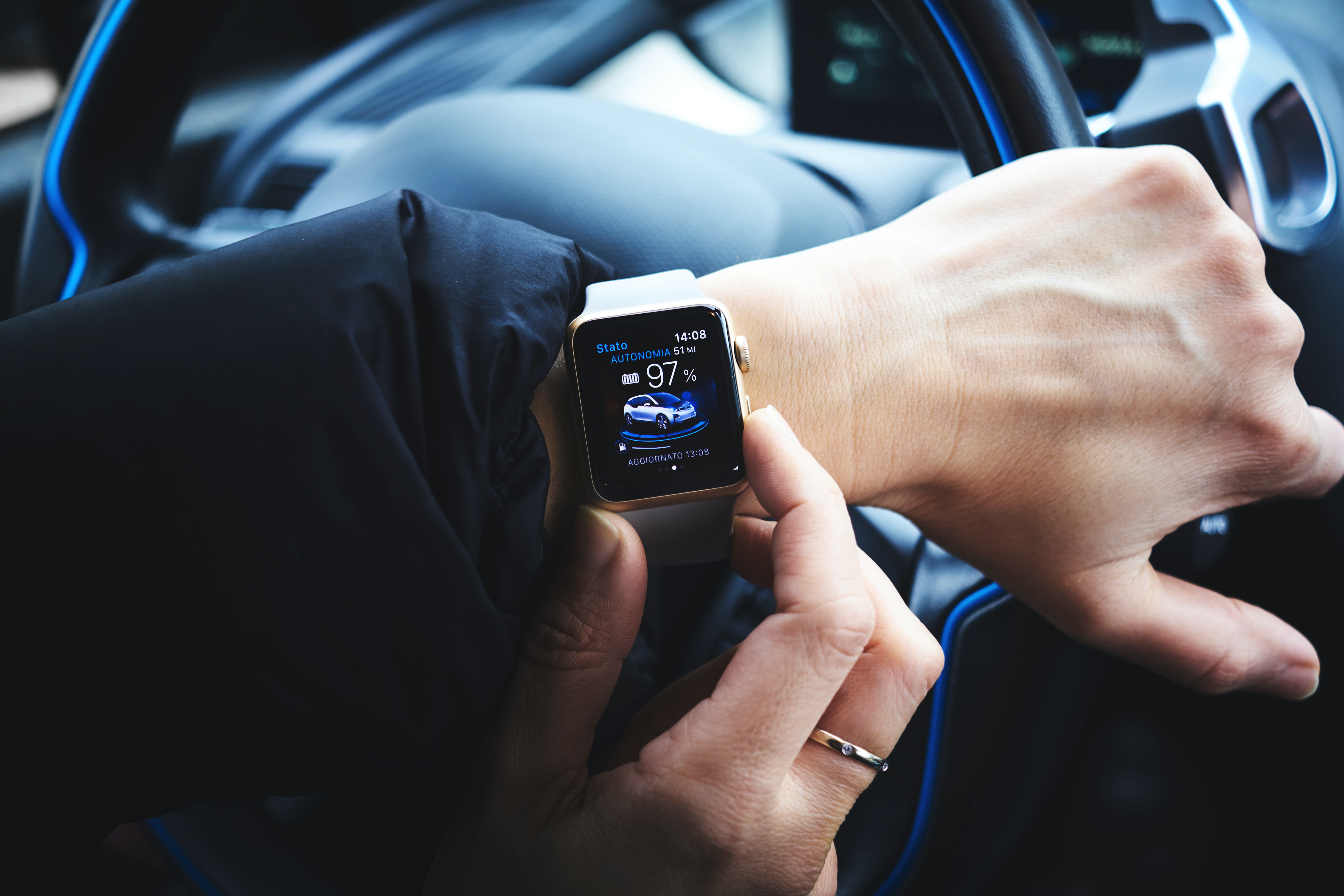Drivers get blocked, California demands electric and Uber needs drivers. LegalRideshare breaks it down.
Uber needs drivers, but maybe not every driver; who’s picking up the tab for California’s EV conversion; and Grab shows you can catch more support with friendship than competition. It’s all here in This Week in Rideshare!
MONDAY 5/17/21
After the merger with Postmates and Uber Eats, drivers are facing a harsh reality: They can’t work. @Buzzfeed explains:
When he tried to make the switch from Postmates to Uber Eats, he was rejected because of a reckless driving charge. Adams said he successfully pleaded the charge down to improper driving two years ago with the help of a lawyer he paid $1,000, so he should be eligible to drive for Uber. The app disqualifies drivers with either one recent major driving violation or multiple recent minor driving violations. Adams reached out to Checkr, the background check company Uber uses, to correct the error but hasn’t heard back yet.
Uber acknowledged that its requirements for driving records will mean a certain percentage of Postmates couriers will lose that source of income but declined to give an exact figure.
TUESDAY 5/18/21
The Biden Administration’s partnership with Uber got some unintended scrutiny. ABC News explains:

The administration touted the arrangement as an answer to one of the vaccine effort’s toughest challenges: how to help people with limited transportation options get their shots. But it’s also drawn fresh attention to the role several senior administration officials played prior to serving in the administration in working and advocating for the ridesharing app companies — relationships already under scrutiny as the companies wade through government regulations and manage contentious labor disputes.
WEDNESDAY 5/19/21
While Uber is the rideshare giant Americans love to hate and hate to love, two Asian startups took on an entirely different approach. Fast Company explains:
In each new market, Grab presented itself as a partner to local taxi drivers and fleet owners rather than a foreign competitor, offering a platform that could help them find fares more efficiently. Grab catered to customers by accepting cash payments when Uber didn’t, and by emphasizing safety and reliability in cities where many people were once wary of even getting into a taxi.
THURSDAY 5/20/21
With California’s new EV mandate many are asking: “Who is paying for this?” Energy News Network explains:
Environmental groups, labor advocates and drivers are calling for California regulators to ensure that the companies, not the drivers, cover the costs of electrifying their fleets.
Yearly costs for ride-hailing companies and drivers, including electricity and home chargers, could reach roughly $400 million in 2030, according to an air board staff report. But staff predicts that savings, including on gasoline and maintenance, will far outstrip them — leading to net benefits of $215 million in 2030.
FRIDAY 5/21/21
As the driver shortage continues, Uber and Lyft are pulling out all the stops. WPTV reported:
Uber spokesman Javi Correoso said the company is rolling out a $250 million stimulus package aimed at offering higher pay for drivers.
“Drivers who averaged 20 hours a week driving on the Uber platform are now averaging about $31 on the hour for those drivers who average 20 hours a week,” Correoso said. “Prior to the incentives package, that numbers was closer to $24 to $25.”
LegalReader thanks our friends at LegalRideshare for permission to share this piece. The original is found here.


Join the conversation!